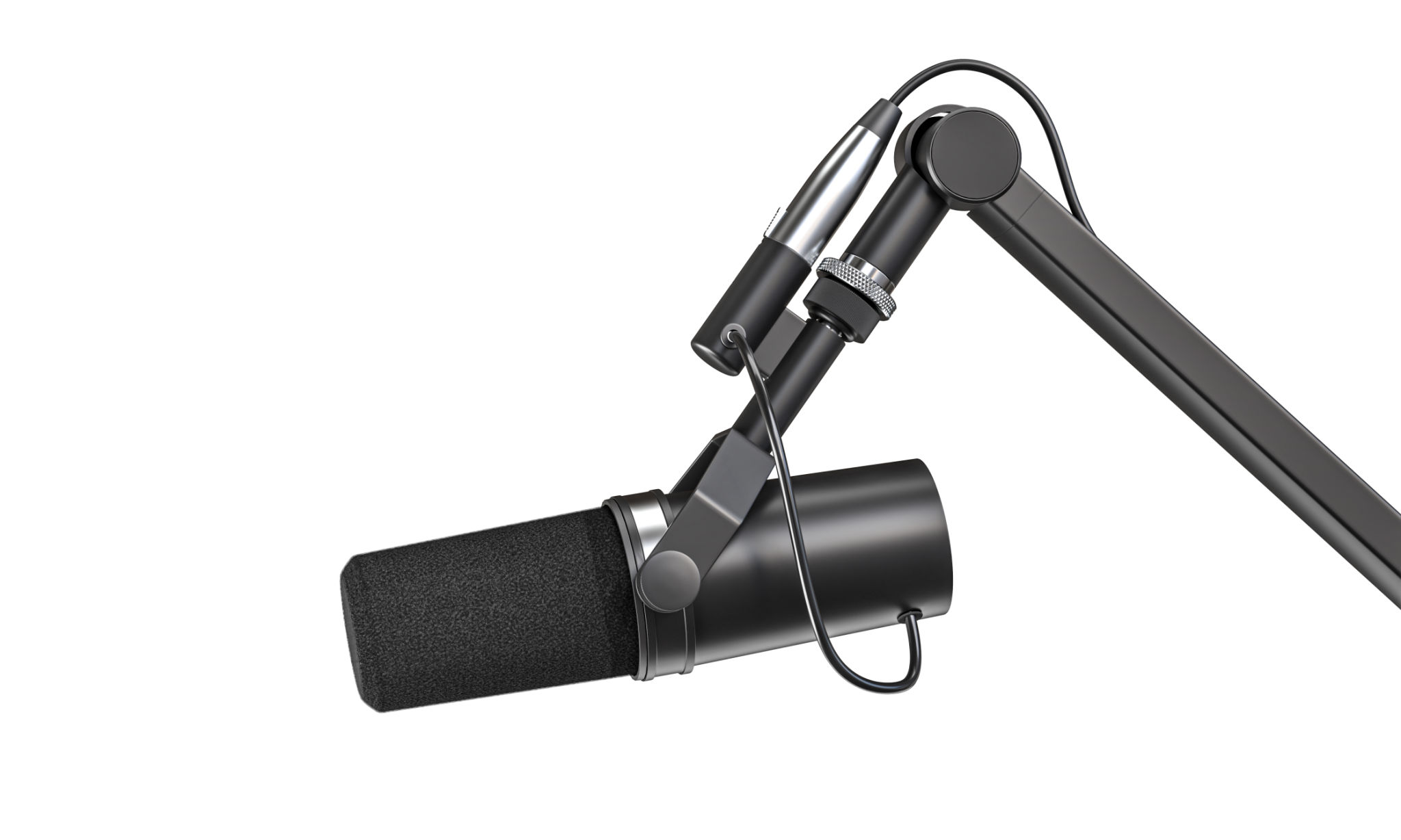How to Launch Your Own Podcast: A Step-by-Step Guide
Getting Started with Your Podcast
The world of podcasting has exploded in recent years, offering endless opportunities for creators to share their voices and ideas. If you’ve ever thought about starting your own podcast, now is the perfect time to dive in. This guide will walk you through the essential steps to launch your very own podcast.
Before you start recording, it's crucial to define the theme and focus of your podcast. Consider what topics you are passionate about and what you can offer to your audience. Think about your target listeners and how your show can provide value to them.

Planning Your Podcast
Once you’ve settled on a theme, it’s time to plan your episodes. Create a content calendar to organize your ideas and ensure a consistent release schedule. Decide on the format of your show—will it be interview-based, narrative-driven, or instructional?
Next, write scripts or outlines for your episodes. This will help you stay on track and deliver content that is both engaging and informative. Don’t forget to brainstorm catchy episode titles that will grab potential listeners' attention.
Gathering Equipment
To produce a quality podcast, you’ll need the right equipment. At a minimum, invest in a good-quality microphone and headphones. Other useful tools include a pop filter, audio editing software, and possibly an audio mixer if you're planning to have multiple hosts or guests.

Recording Your Episodes
Find a quiet space to record your episodes to minimize background noise. Practice speaking clearly and at a steady pace. It may take a few tries to get comfortable behind the mic, but don’t worry—practice makes perfect.
Consider inviting guests or co-hosts to add variety and new perspectives to your podcast. Make sure to test your recording setup before each session to avoid technical issues.
Editing and Post-Production
After recording, it’s time for editing. Use audio editing software to clean up your recordings, removing any mistakes or awkward silences. Add intro and outro music to give your podcast a professional feel. Don’t forget to normalize your audio levels for consistency throughout the episode.

Publishing Your Podcast
Choose a podcast hosting platform where your episodes will be stored and distributed. Popular options include Libsyn, Podbean, and Anchor. These platforms will help you distribute your podcast to directories like Apple Podcasts, Spotify, and Google Podcasts.
Create eye-catching cover art for your podcast that reflects its theme and style. This will be the first impression potential listeners have of your show, so make it count!
Promoting Your Podcast
Promotion is key to growing your audience. Leverage social media platforms to share each new episode and engage with listeners. Consider reaching out to other podcasters for cross-promotion opportunities.
Finally, encourage listener interaction by inviting feedback and reviews. This not only helps improve your content but also fosters a sense of community around your podcast.